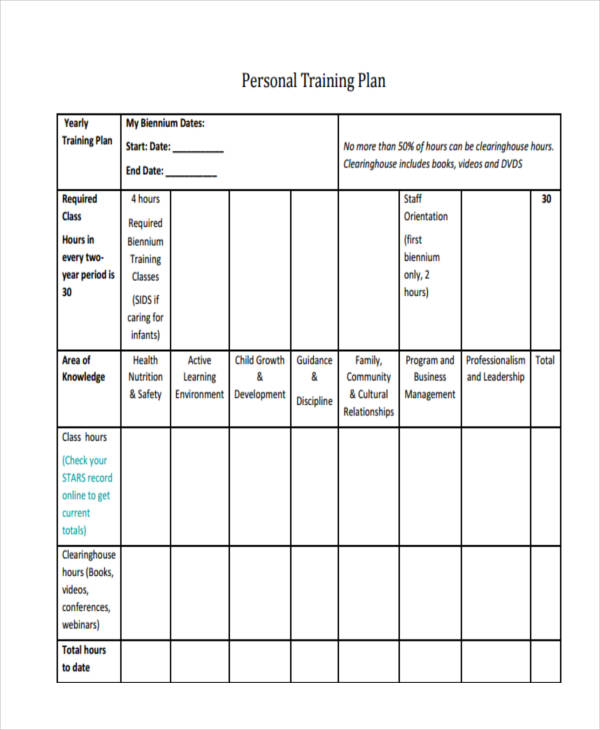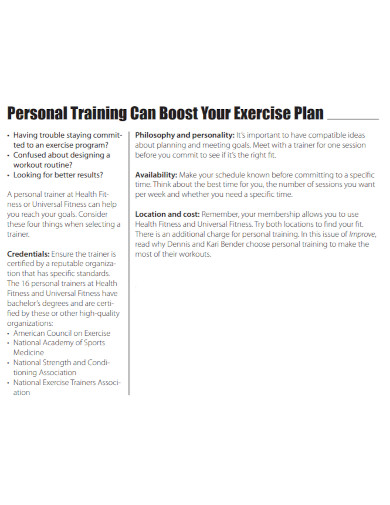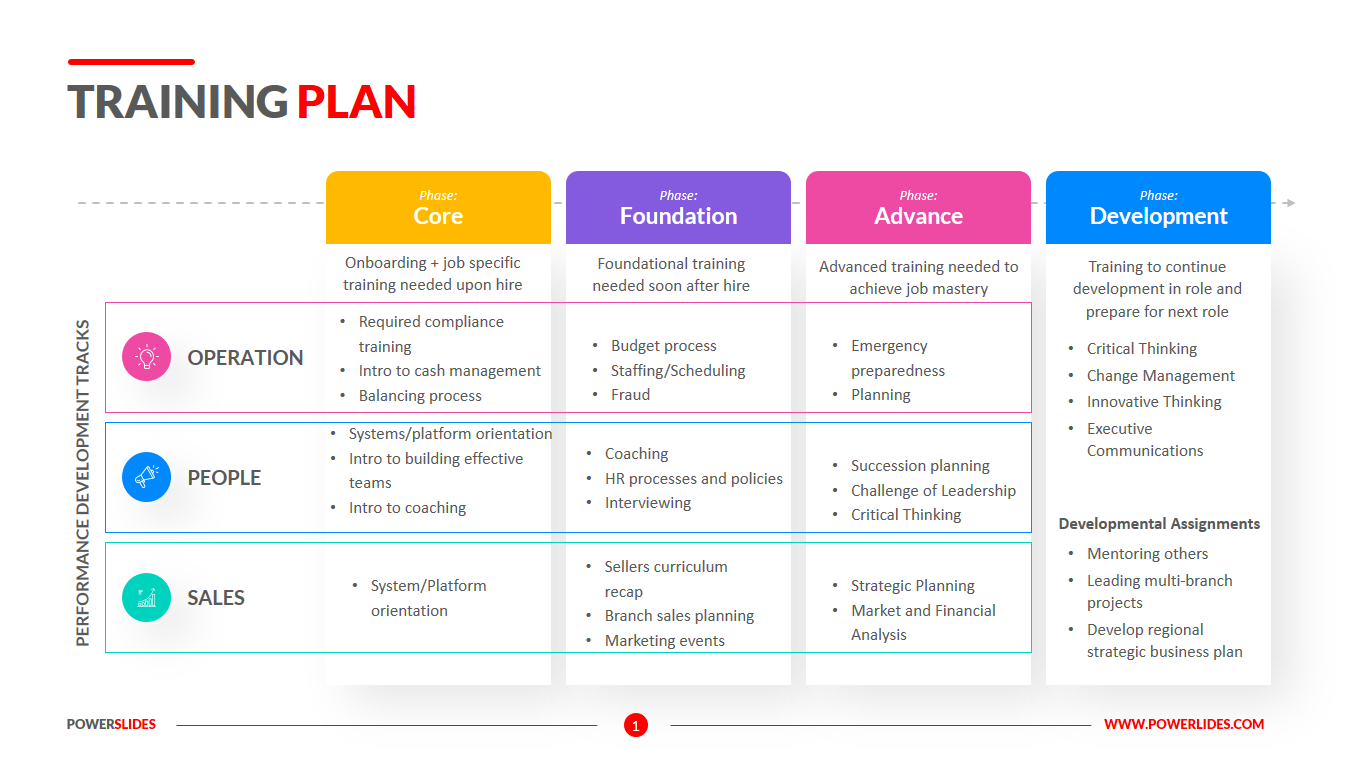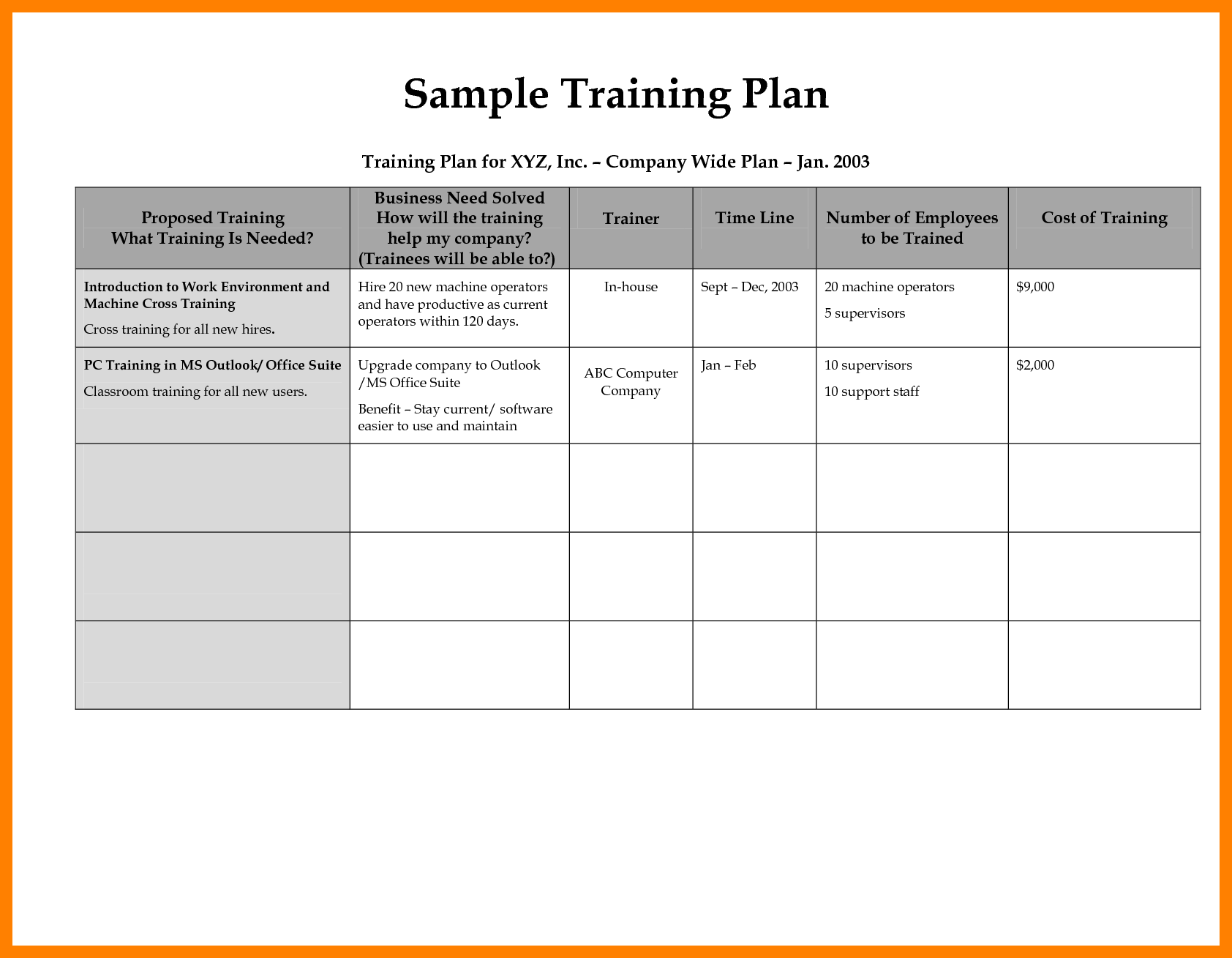Are Essential Components Of Any Personal Training Plan

In an era increasingly focused on health and wellness, personal training has emerged as a popular pathway for individuals seeking tailored fitness guidance. But with a myriad of training styles and philosophies, identifying the core elements that underpin effective personal training programs remains crucial for both trainers and clients alike. Experts emphasize that a successful plan hinges on a blend of scientific principles and personalized strategies.
This article explores the essential components considered fundamental to any well-structured personal training plan. These components aim to provide a framework for achieving sustainable results and promoting long-term well-being. Understanding these elements is vital for individuals considering engaging with a personal trainer, as well as for trainers striving to provide the most effective service.
Goal Setting and Assessment
The foundation of any effective personal training program lies in clearly defined goals. These goals should be SMART: Specific, Measurable, Achievable, Relevant, and Time-bound. Initial assessments are crucial for establishing a baseline and tracking progress.
These assessments typically include evaluations of body composition, cardiovascular fitness, strength, and flexibility. According to the American College of Sports Medicine (ACSM), a comprehensive assessment helps trainers tailor programs to individual needs and limitations. This initial phase ensures that the training plan is safe and effective for the individual's specific circumstances.
Personalized Program Design
Generic workout routines often fall short because they fail to address individual differences. A personalized program takes into account the client's fitness level, goals, health history, and preferences. This individualized approach is key to maximizing results and minimizing the risk of injury.
The program should incorporate a variety of training modalities, including cardiovascular exercise, strength training, and flexibility work. According to the National Academy of Sports Medicine (NASM), this variety not only prevents plateaus but also enhances overall fitness. Proper exercise selection is vital for targeting specific muscle groups and energy systems.
Proper Exercise Technique and Form
Maintaining correct form is paramount for preventing injuries and maximizing the effectiveness of each exercise. Personal trainers play a crucial role in teaching and correcting exercise technique. This guidance helps clients develop a strong foundation and avoid potentially harmful movement patterns.
"Poor form can negate the benefits of an exercise and even lead to injuries," states Dr. Emily Carter, a leading sports medicine physician. Trainers should provide clear instructions, demonstrations, and feedback to ensure proper execution. Continuous monitoring of form throughout the training session is necessary.
Progressive Overload and Adaptation
To continue seeing results, the training program must gradually increase the demands placed on the body. This principle, known as progressive overload, involves increasing weight, repetitions, sets, or intensity over time. Without progressive overload, the body will adapt to the current workload, and progress will stall.
The rate of progression should be individualized, taking into account the client's response to training and their recovery capacity. Regular assessments and adjustments are necessary to ensure that the program remains challenging and effective. This careful management prevents overtraining and promotes continuous improvement.
Nutrition and Recovery
Exercise is only one piece of the puzzle. Proper nutrition and adequate recovery are equally important for achieving fitness goals. A well-balanced diet provides the necessary fuel for workouts and supports muscle repair and growth. Sleep allows the body to recover and adapt to the stresses of training.
Personal trainers often provide guidance on nutrition, although they should refer clients to registered dietitians for individualized meal plans. Strategies for promoting recovery, such as stretching, foam rolling, and active recovery, should also be incorporated. Addressing sleep hygiene is another key component of successful training.
Motivation and Accountability
Staying motivated and accountable is often the biggest challenge for individuals pursuing fitness goals. Personal trainers provide support, encouragement, and accountability to help clients stay on track. They can also help clients develop strategies for overcoming obstacles and maintaining consistency.
Effective trainers build a strong rapport with their clients and create a positive and supportive training environment. Regular check-ins, goal review sessions, and progress tracking can help maintain motivation and commitment. The human connection and personalized encouragement can make a significant difference.
Regular Evaluation and Adjustment
A personal training plan is not a static document. It should be regularly evaluated and adjusted based on the client's progress, feedback, and changing needs. This ongoing process ensures that the program remains relevant and effective. Flexibility is key to adapting to unforeseen circumstances, such as injuries or changes in lifestyle.
Trainers should use data from assessments, workout logs, and client feedback to make informed decisions about program modifications. Open communication and collaboration are essential for creating a training plan that meets the client's evolving needs. This dynamic approach maximizes the long-term benefits of personal training.
The Broader Impact
The adoption of these essential components not only benefits individuals seeking personal training, but also contributes to a healthier society. By empowering individuals to achieve their fitness goals, personal training programs can improve overall well-being and reduce the risk of chronic diseases. A focus on sustainable lifestyle changes leads to lasting health benefits.
As the demand for personalized fitness guidance continues to grow, it is crucial that both trainers and clients prioritize these fundamental elements to ensure effective and safe training practices. A commitment to evidence-based methods and individualized approaches can transform lives and promote a culture of health and wellness.


















